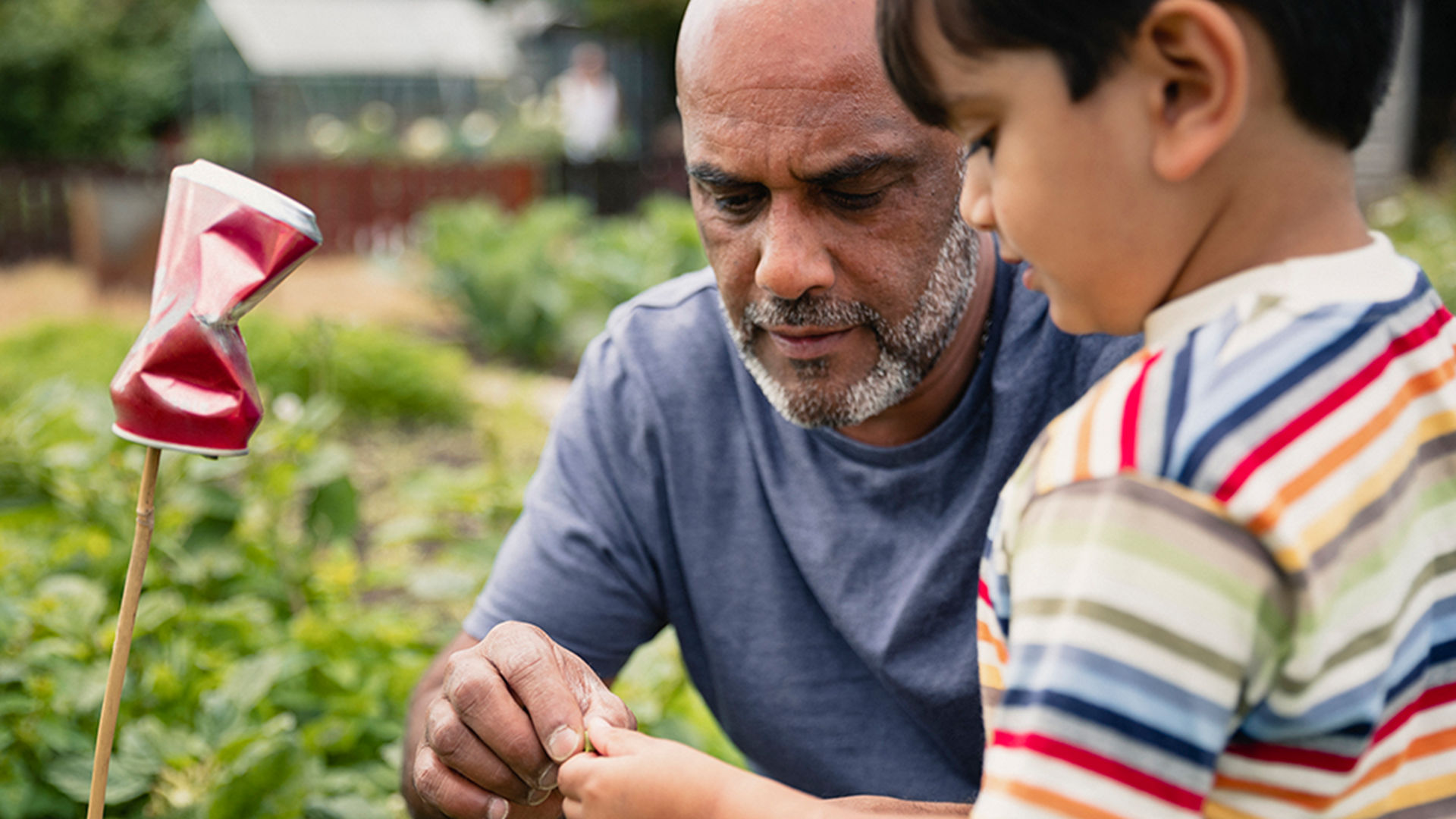
For parents, carers and adults looking to connect with their children in a way that is meaningful
It’s well known that our early years are important for good mental health in later life, but I’ve often been asked by parents why that is.
Positive connections between caregivers and their children support a child’s biochemistry and neurobiology for a lifetime. It’s scientifically evidenced to be fundamental in laying the foundations for long-term psychological and physical wellbeing, fostering resilience[1].
Bonding experiences give children a sense of safety and security in the world. This directly links to the development of the autonomic nervous system which affects, levels of anxiety, depressive moods, stress disorders. It also facilitates the development of our social brain which supports loving, nurturing, healthy behaviours and generally help navigate life’s difficulties[2].
When does connection occur and what is it?
A connection occurs when a person is open and available for another. Establishing social connections and bonds with people can help us feel valued and seen.
A parent is like a fantastic teacher for all age groups conveying messages through facial expressions, tone of voice, movement and touch, that contribute to enriching experiences.
But it’s not always easy to establish good emotional connections and this can leave caregivers feeling not good enough which may leave them feeling guilt and shame. Children can be defensive and there may be many reasons they’re unable to connect.
No family is the same. The beauty and strength of parents and caregivers is their journey to know their children. There is no such thing as the perfect parent and children gain from repairing disruptions in their connection.
How can I make that connection?
When things aren’t too complicated there are a few ways how:
- Make time and space to actively listen. Let your child know you can hold them in mind even when you’re busy.
- Touch – even resting a hand on a wrist releases the love hormone oxytocin.
- Creative and imaginative play is the simplest way to engage children. They can communicate what is happening for them in a way that feels safe and non-intrusive. Some caregivers really struggle with this, but children can teach you. Child-led play starts with really noticing what your child is interested in and then going along with it. Once you get an understanding of what they enjoy it gets easier. Then follow their lead and allow them the freedom to show you as long as it’s safe.
When parents find connecting too difficult Child Psychotherapy can help
Psychotherapy is a safe, confidential and non-judgemental place where large and difficult feelings can be explored with a therapist through talking, play and multi-arts. This is how sense-making can begin with children of all ages even when it seems as though you are facing significant challenges.
If you’re interested in exploring therapy for a young person you care for then you can find more information on the UKCP website, including how to find a qualified psychotherapist.
References
- Martino, J., Pegg, J., & Frates, E. P. (2015). The Connection Prescription: Using the Power of Social Interactions and the Deep Desire for Connectedness to Empower Health and Wellness. American Journal of Lifestyle Medicine, 11(6), 466-475. https://doi.org/10.1177/1559827615608788. PMID: 30202372; PMCID: PMC6125010.
- Gerhardt, S. (2015). Why Love Matters: How affection shapes a baby's brain. 2nd Edition.
- Sunderland, M. (2008). The Science of Parenting.
Share
Like most websites, we use cookies. If this is okay with you, please close this message or read more about your options.


